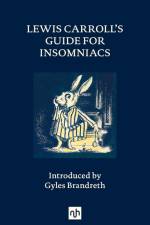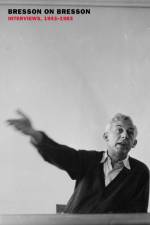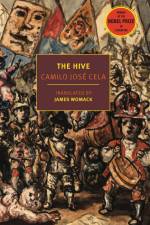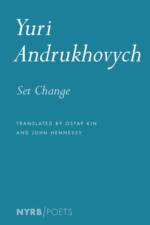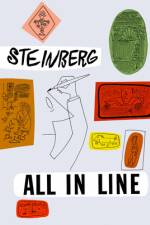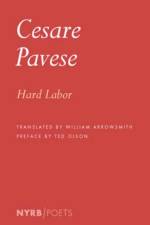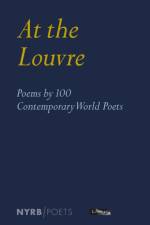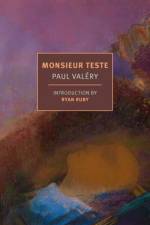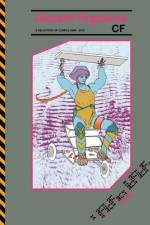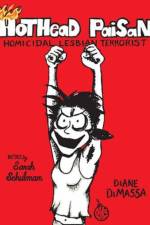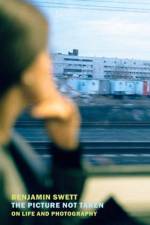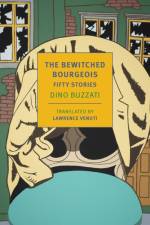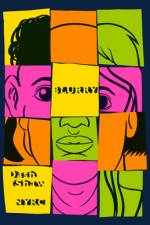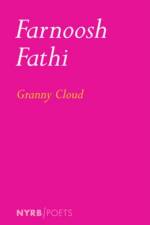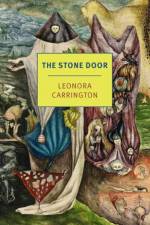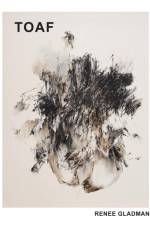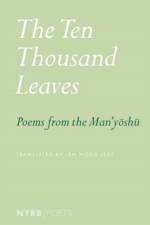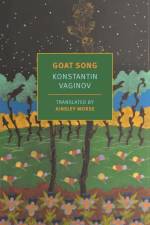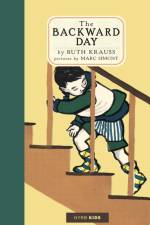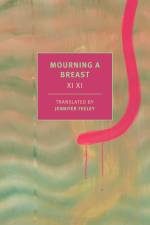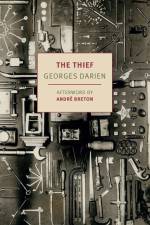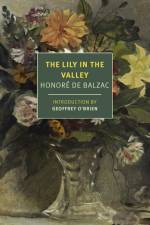av Paul Valéry
191
A defining work of twentieth-century modernism, now newly translated--a philosophical novel about the nature of consciousness, all centered around a character who is composed of absolute brain and intellect, a character of pure mind. When, after the Second World War, the American literary world began to become aware of the intensely musical, intensely intellectual, poetic work of Paul Valéry, their attention fixated on the early translations of Monsieur Teste. It was as if American poets, novelists, and philosophers had been waiting for something like this for a long time, and they leapt with joy when it came: a poet who can write intelligibly, tersely, brilliantly about the mind, its work, its needs. "Teste," of course, is old French for "head," and this celebration of the cerebral power of poetry, at a time when the emotional dimension of poetry seemed so dominant in our society, this manifestation of poetry as thinking, and thinking as poetry, came as a shock to many poets and writers of the day, and that shock continues. Generation after generation, young writers discover the acuity, the humor, the vivid scrutiny of language and human thought that Monsieur Teste represents. This new, definitive translation of the Monsieur Teste materials (both the original Evening with Monsieur Teste and Valéry's later additions) brings to readers a voice that has lost none of its clarity, comedy, or intensity.

